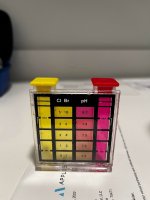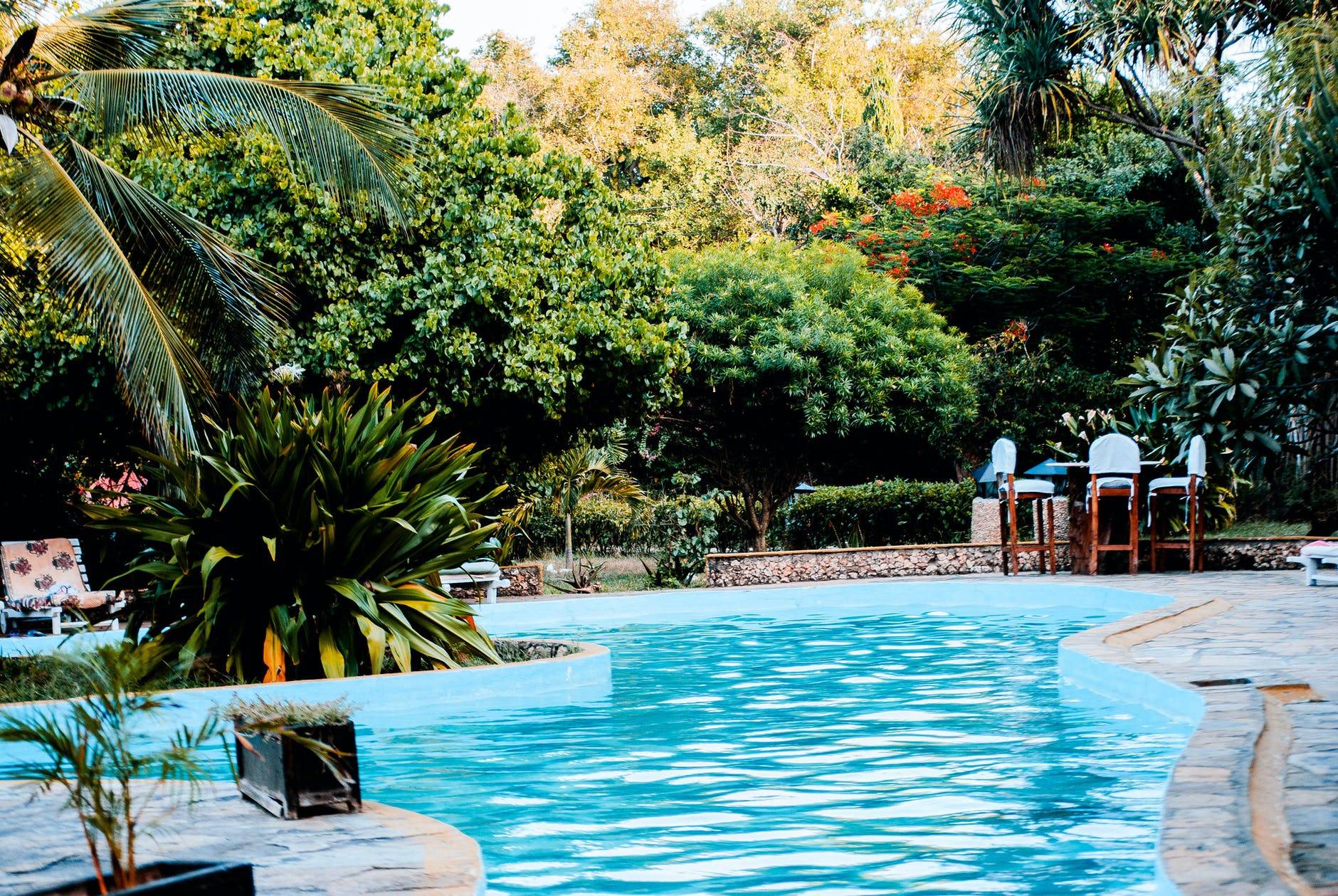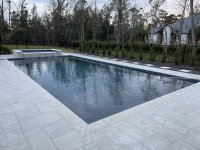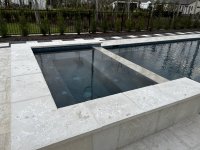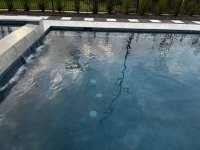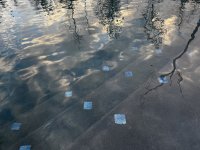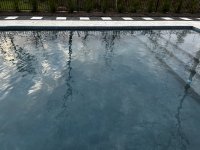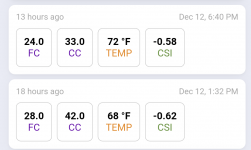Good Morning,
I am excited to join the TFP community as a new pool owner and I look forward to learning from the community. I am a little lost since the builder stopped providing their weekly cleaning (which was inconsistent) so that's why I sought out TFP.
I have a few questions on testing and how some of my equipment affects the pool chemistry. I am confused but I am sure I can get the pool on track with your help. (I am in Mandeville, LA, we plan to keep the pool open year-round and the pool & house are newly built.)
I am excited to join the TFP community as a new pool owner and I look forward to learning from the community. I am a little lost since the builder stopped providing their weekly cleaning (which was inconsistent) so that's why I sought out TFP.
I have a few questions on testing and how some of my equipment affects the pool chemistry. I am confused but I am sure I can get the pool on track with your help. (I am in Mandeville, LA, we plan to keep the pool open year-round and the pool & house are newly built.)
- Free Chlorine reading - Why do I get FC readings between 0 - 1 ppm when I do the FC chlorine drop test but the comparison block test shows ~5 ppm? (photos attached).
- I have a Nature Squared Fusion Tablet Feeder & Mineral Sanitizer. I haven't reloaded the tablet feeder since the builder stopped the included months of support and the Nature Fusion website mentions the mineral cartridge minimizes unfilterable bacteria and I should target a 0 - 1 ppm chlorine level. How does this component affect the TFP target levels? If anyone has this machine, let me know your experience.
- CYA level - Why does my CYA go up when I haven't added any stabilizer? I presume the residual trichlor tablets in the Fusion pump may have added some CYA to the pool. The big increase in CYA seems like a lot, am I reading my test results incorrectly? I am not sure whether to drain & refill or re-test for accuracy. My PoolMath readings are linked.
- Calcium hardness - This level seems way too low and this test is the least useful / most difficult to interpret. The app's advice is to add hundreds of pounds of stuff to fix this issue, I don't want to create an issue with cracking
- pH - I don't see much difference from week to week in this reading with the comparison block test, I don't want this level to get out of hand.


